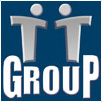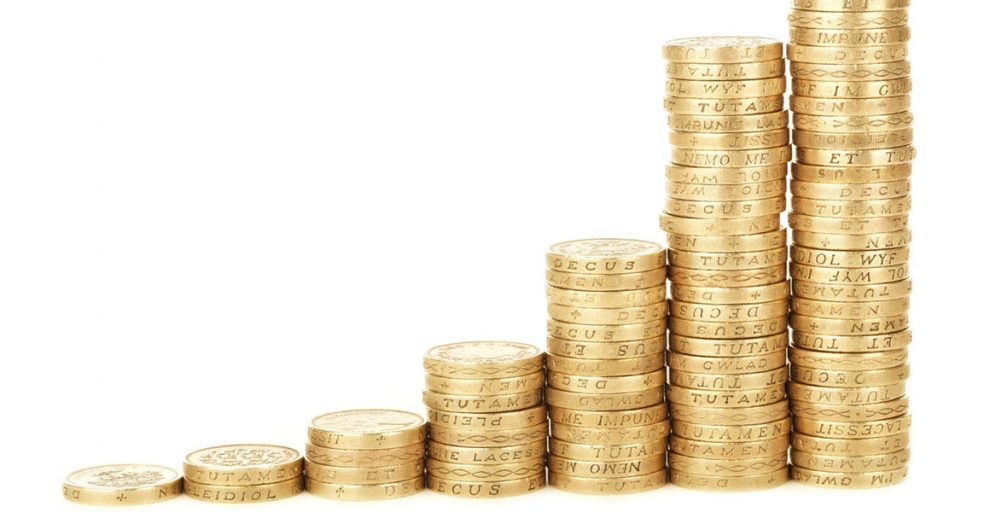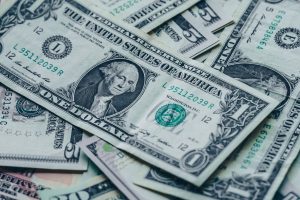Exchange daily course between Swiss Franc (CHF) and USA Dollars (USD) is given on this page.
In first drop down menu choose Swiss Franc (CHF). In second choose USA Dollar (USD) or Eur. If you enter 1 Swiss Franc (CHF) for example, you will receive its equivalent in USA Dollars (USD), Euros, turkish Liras, Dinars, Japanese Jean, Rubles etc.
You can enter any arbitrary amount of currencies below. Rates are updated daily by Swiss National Bank.
Date: Wednesday 16th of July 2025 02:08:09 AM
You can also convert USA Dollars to Swiss Franc (CHF). Insert values of Francs or Dollars, find than opposite values for Dollars or Euros, in second row and automatically you will get calculated value of another banknotes. The currency data are updated daily. We hope that ratio will be optimal for your business. Enjoy in work and calculations!
Swiss Franc (CHF)
The franc (German: Franken, French and Romansh: franc, Italian: franco; code: CHF) is the currency and legal tender of Switzerland and Liechtenstein; it is also legal tender in the Italian exclave Campione d’Italia. Although not formally legal tender in the German exclave Büsingen (the sole legal currency is the euro), it is widely used on a day-to-day basis.
The Swiss National Bank issues banknotes and the federal Swissmint issues coins. To compare the price of Swiss Franc (CHF) to other currencies you can use the following currency converter.
Banknotes of Swiss Franc (CHF)
The Swiss franc is the only version of the franc still issued in Europe. The smaller denomination, a hundredth of a franc, is a Rappen (Rp.) in German, centime (c.) in French, centesimo (ct.) in Italian, and rap (rp.) in Romansh. The ISO code of the currency used by banks and financial institutions is CHF, although “Fr.” is used by most businesses and advertisers; some use SFr.; the Latinate “CHF” denotes Confoederatio Helvetica franc, because Latin is used as the neutral language representing the country given its tetralingual populace. As of December 2005, the total value of released Swiss coins and banknotes was 43,834.99 million Swiss francs.
All banknotes are quadrilingual, displaying all information in the four national languages. The banknotes depicting a Germanophone display German and Romansch on the same side as his picture, whereas banknotes depicting a Francophone or an Italophone display French and Italian on the same side as his picture.
When the 5th series lost its validity at the end of April 2000, the banknotes that had not been exchanged represented a total value of 244.3 million Swiss francs; in accordance with Swiss law, this amount was transferred to the Swiss Fund for Emergency Losses in the case of non-insurable natural disasters.
In February 2005, a competition was announced for the design of the 9th series, planned to be released around 2010 on the theme Switzerland open to the world. The results were announced in November 2005, but the selected design drew widespread criticisms from the population.
The economy of Switzerland
The economy of Switzerland is one of the world’s most stable economies. Its policy of long-term monetary security and bank secrecy has made Switzerland a safe haven for investors, creating an economy that is increasingly dependent on a steady tide of foreign investment. Because of the country’s small size and high labour specialisation, industry and trade are the keys to Switzerland’s economic livelihood. Switzerland has achieved one of the highest per capita incomes in the world with low unemployment rates and a low budget deficit. The service sector has also come to play a significant economic role.
Institutional membership of Switzerland
Switzerland is a member of a number of international economic organizations, including the United Nations, the World Trade Organization, the International Monetary Fund, the World Bank, and the Organisation for Economic Co-operation and Development.
Recommendation
-
Recommendation:
















Add Comment